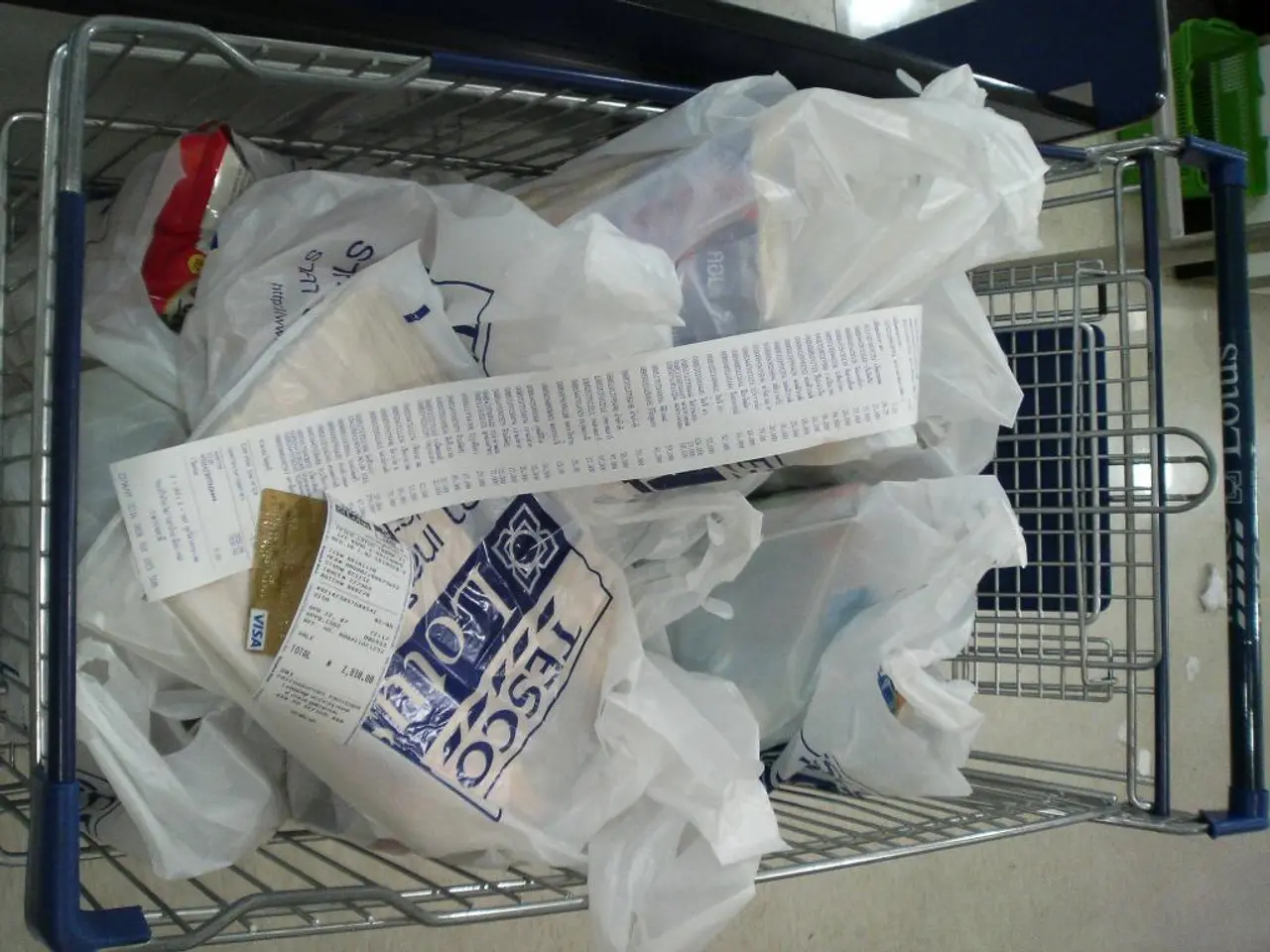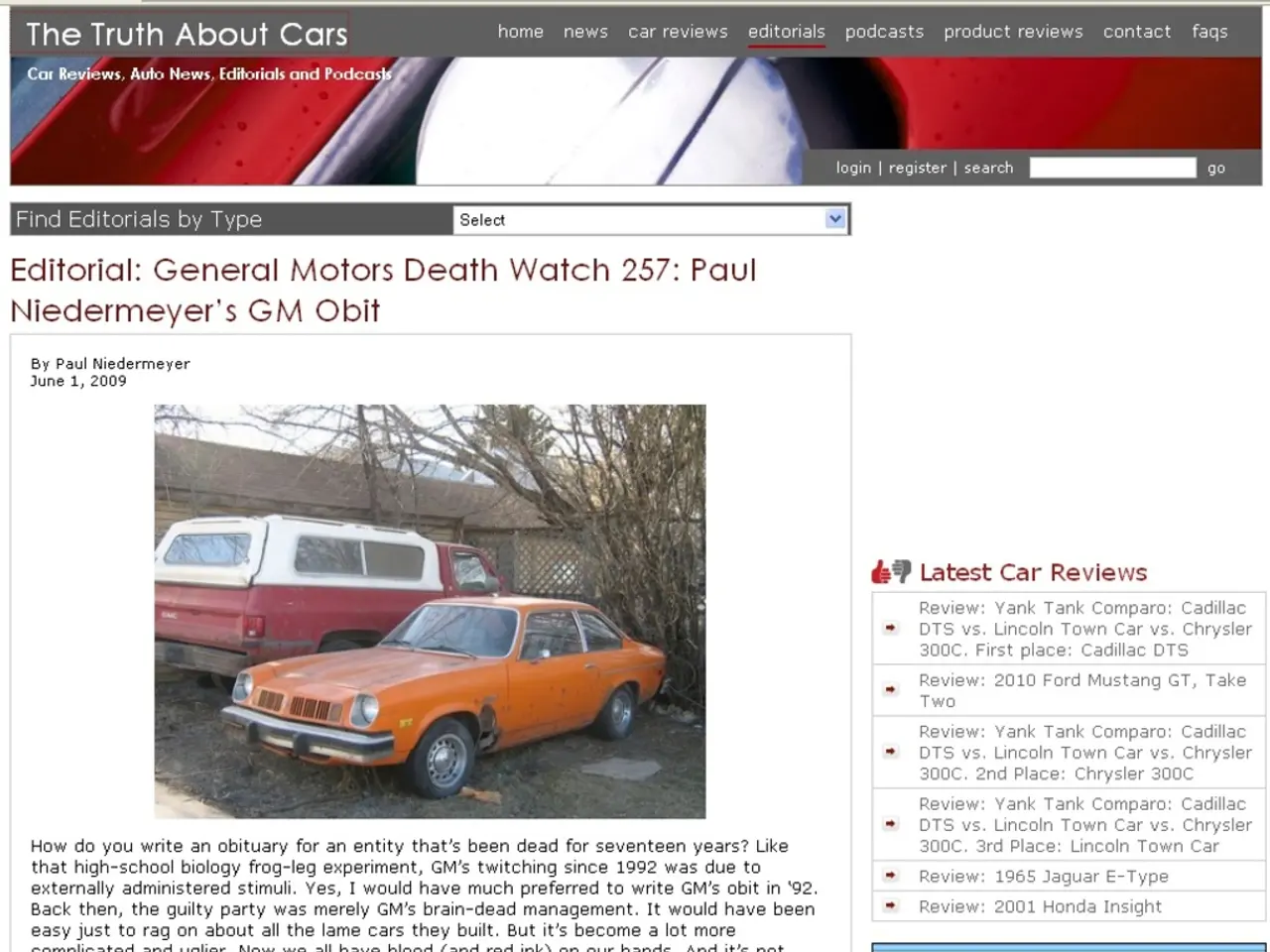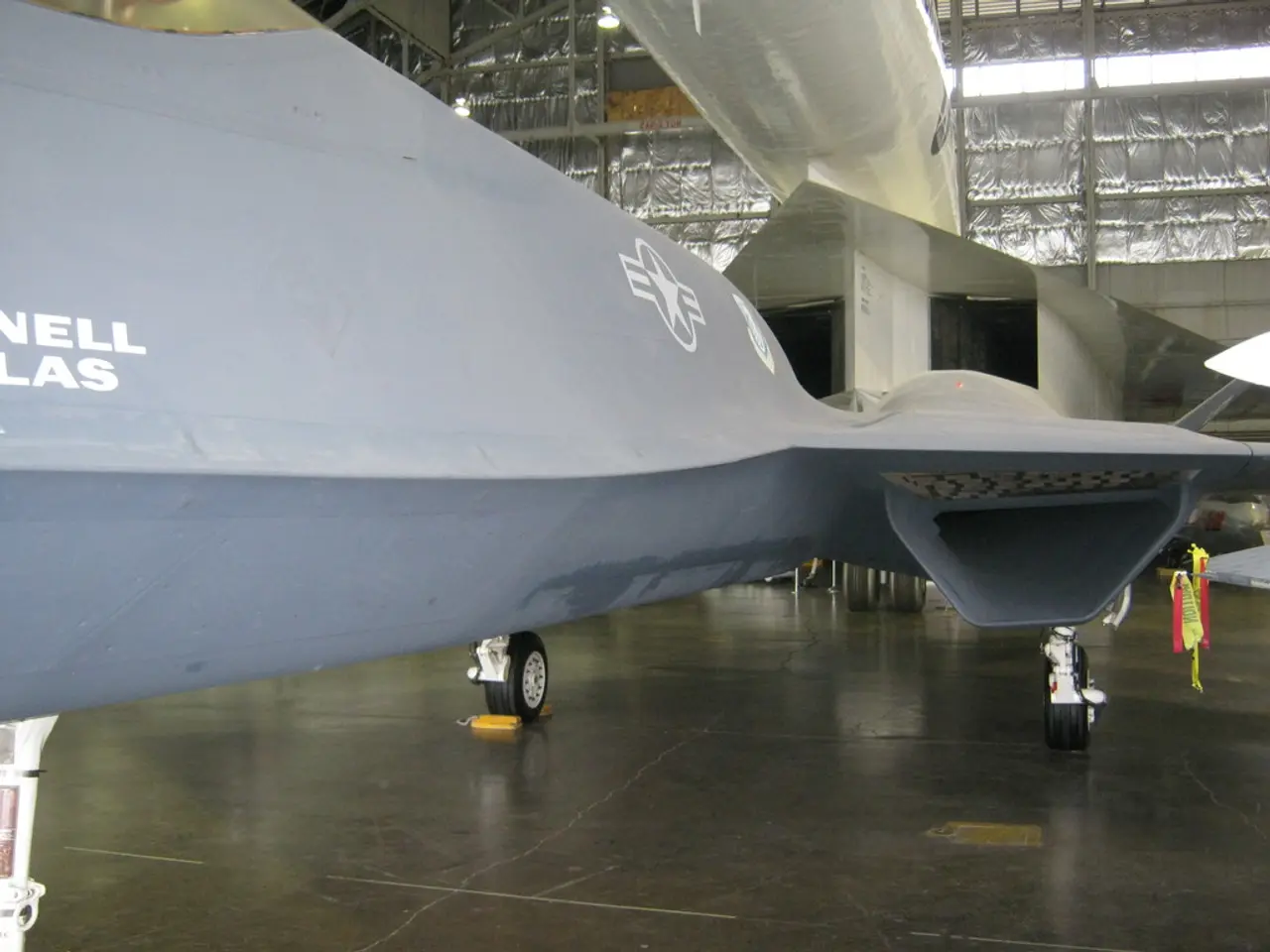Escalating Car Prices:Current Market Unfavorable for Car Purchases
In the ever-evolving world of automotive sales, American consumers are facing a significant challenge: a predicted increase in vehicle prices. This trend is largely attributed to new tariffs on imported vehicles and parts, ongoing inflation, and high interest rates.
According to recent reports, these tariffs, implemented in early 2025, are estimated to raise manufacturers' costs by an average of $4,275 per vehicle, though the actual impact varies depending on production and sourcing locations. Consultants like AlixPartners estimate that these tariffs could increase the price of a new car by almost $2,000, with consumers ultimately bearing the brunt as 80% of the tariff costs are likely to be passed on.
Many automakers initially tried to absorb these costs, but most are now signalling forthcoming price increases, especially for new model-year vehicles arriving in dealerships this summer. Ford, for example, has confirmed price hikes (starting at about $600) for several popular models, partly due to these tariffs. The average new-vehicle transaction price has already hit record highs, and further increases are expected as the full impact of tariffs is felt, with predictions of a 4% to 8% rise in new car prices over the coming months.
This anticipated price increase is significantly affecting consumer behaviour and overall market dynamics. Higher prices are deterring buyers, particularly in the sub-$30,000 segment, which is most sensitive to price hikes. Uncertainty about tariffs, interest rates, and the broader economy is further suppressing demand, leading to a cooling car market.
Sales forecasts for new vehicles in 2025 have been revised downward, with Cox Automotive lowering its annual sales estimate from 13.3 million to 13 million units, even as the market had shown signs of recovery earlier in the year. Consumers may delay purchases, opt for used vehicles, or choose lower-priced models. The used car market, which is less directly affected by new tariffs, is expected to remain steady at 20.1 million units, as buyers seek alternatives to higher-priced new cars.
The highly competitive nature of the U.S. auto market means that some manufacturers may absorb more of the tariff costs or offer incentives to maintain sales, but experts agree that prices overall will rise, just perhaps less than the full tariff amount in some cases.
In summary, American consumers are bracing for higher vehicle prices primarily due to new tariffs, inflation, and high interest rates. These factors are cooling demand, particularly for lower-priced vehicles, and prompting many buyers to delay purchases or seek alternatives in the used car market. While automakers may soften some of the blow through incentives or selective price adjustments, the overall trend points to higher costs for consumers and a slower new car market through the rest of 2025.
Key factors driving these price rises and market response are outlined in the table below:
| Factor | Expected Impact on Prices | Consumer Response | |---------------------------------|----------------------------------|-------------------------------------------| | New tariffs on imports/parts | +$1,760–$4,275 per vehicle[3][4] | Delay purchases, shift to used cars[1] | | Inflation & interest rates | Higher financing costs | Reduced affordability, lower demand[1] | | Automaker strategy | Price hikes, selective incentives| Varies by model/brand loyalty[2][3] | | Market uncertainty | Price volatility | Further hesitation, wait-and-see[1][3] |
As the situation unfolds, several key questions have emerged regarding the impact of tariffs on automakers and broader economic confidence. It remains to be seen how the auto industry, which accounts for nearly 5% of GDP and employs around 10 million Americans, will navigate these challenges.
- Amidst the rising vehicle prices due to new tariffs, inflation, and high interest rates, the finance sector is likely to experience an increase in auto loan requests as consumers seek to purchase vehicles, which may lead to higher overall loan volumes.
- With the emerging trend of higher new car prices and a cooling car market, the transportation industry, particularly those supplying public transit and ridesharing services, might experience a decrease in demand as consumers reconsider the need for personal vehicles and opt for more affordable alternatives.




